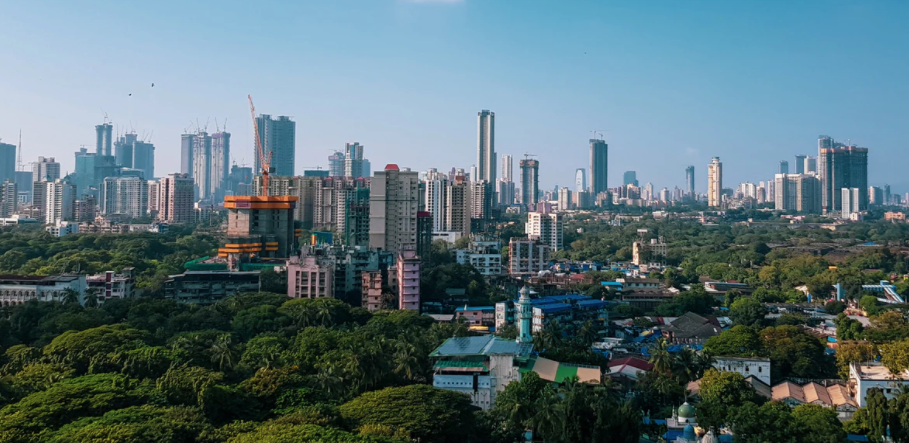India has a large amount of Forex or foreign exchange reserves in the form of cash, bank deposits, bonds and other financial instruments denominated in currencies other than India’s national currency. This works as the first line of defense in case of economic slow down. India’s foreign exchange reserves are mainly composed of US dollars in the forms of US government bonds and institutional bonds.India has set a new record in the recent times.
India has surpassed Russia and has become the fourth largest forex holder in the world. India’s forex reserves had touched a record high of $590.185 billion by the end of January. China holds the first position followed by Japan and Switzerland. As of March 14, Russia’s Forex holdings fell to $580.1 billion and was $9.5 billion down from the previous week.
India’s current account surplus has been remarkable as foreign portfolio investors are bringing funds into the Indian stock market and foreign direct investment has gone up. FDI in India rose by 40% to $52.9 billion from April to December 2020. Gross FDI rose by more than 22% to $67.5 billion during that time.The government is focussing primarily on increasing exports and curtailing imports.
When forex reserves rise, they definitely make international credit rating agencies and foreign investors believe that India is capable of meeting its debt obligations even though the fiscal outlook might be declining.
India’s reserves are able to cover 18 months of imports. RBI can deal with the likely external shock-driven capital-stop or outflows in the period ahead due to the healthy Forex reserves scenario.
Indian Rupee is in the US Treasury watchlist for currency manipulation.India continued to accumulate dollars to prevent itself against sudden currency outflows. RBI has bought a net of $88 billion in the spot forex market in 2020. India’s foreign currency holdings fell by $4.3 billion to $580.3 billion as of March 5 edging out Russia’s $580.1 billion.
The country is going to witness its first full-year contraction in more than four decades’ time. India’s global inflows went down by 42% in 2020( $859 billion). But there are many positive signs too. India’s reserve adequacy metrics on various fronts has shown progress in the last few years.
RBI recommends further strengthening of foreign-exchange reserves as there could be a swing in the rupee. Emerging market central banks need to build reserves to prevent any external shocks as suggested by the RBI Governor. RBI said that according to UNCTAD’s ‘Investment Trends Monitor’ released on January 24, India clocked a 13% ($57 billion) year-on-year rise, the highest growth among countries, boosted by flows into the digital sector.
